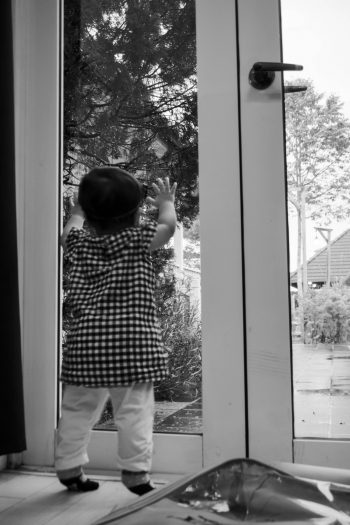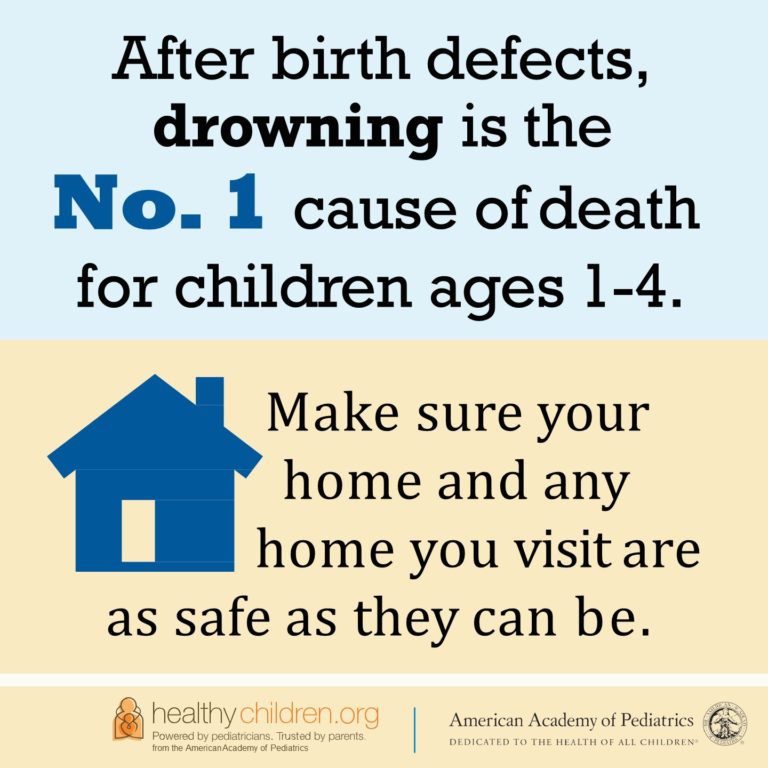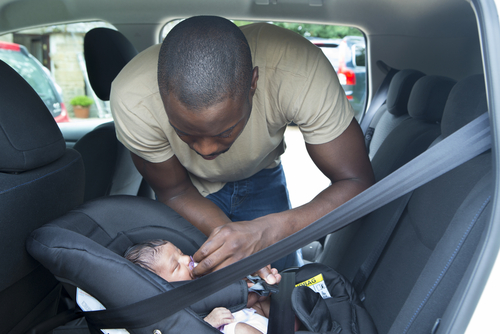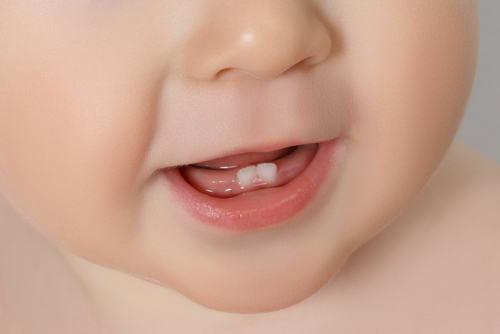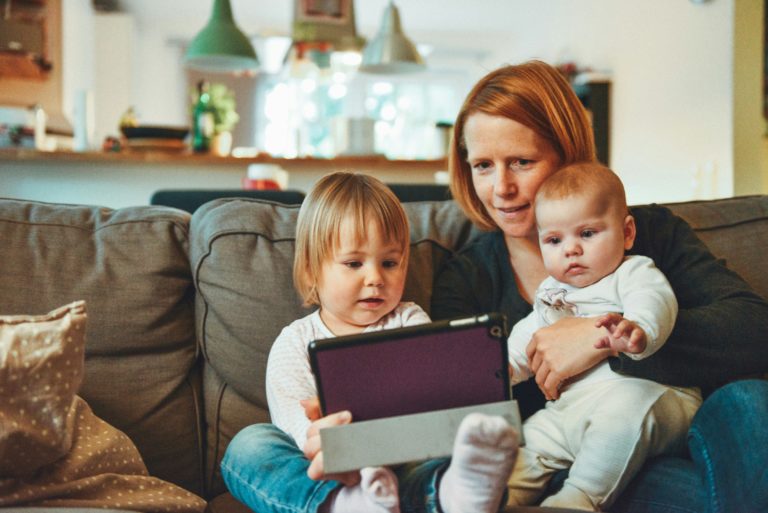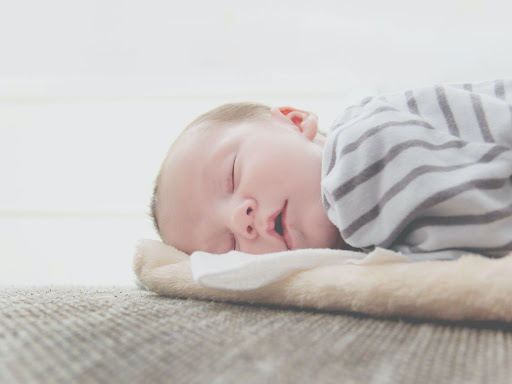Baby Proof Your Way to a Safe and Happy Home
Focus on Baby Safety this September and All Year Long
One of our key responsibilities as parents is making sure we keep our babies safe. There is so much on the line that the pressure to baby proof can stir up a lot of fear, anxiety, and insecurity.
This is especially true when we entrust our baby’s with others while we are away. Did I remember to check for choking hazards before leaving my baby with the new sitter? Does my partner know that the baby can drown in a toilet? Will my baby’s grandma buckle the car seat correctly?
The best line of defense is prevention and that starts with the home. Our 5 baby proofing tips help you let go of your fears and focus on what matters most.
Consider Your Baby’s Point of View
Our house looks very different to our baby’s than it does to us. We forget that from their level, they have a clear view of what’s hanging out under the couch and bed. We forget about all the outlets along our walls, and the sharp corners of the coffee table.
Getting down to your baby’s level is more than just a literal task. We also suggest that you, while on hands and knees, think like your baby. Everything is so new to them, especially in that precious first year. The way we engage with new — using our five senses to include taste and touch. That means they want to grab and feel everything, and also put it in their mouths. That lovely potted plant, the floor lamp, the dog food, the dirt and lint accumulating in your corner — you get the idea.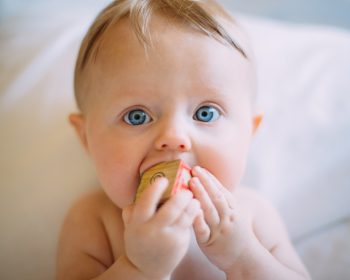
Sometimes Brand New Is Better than Second-Hand
Having kids is so dan g expensive and quite possibly one of the main reasons for this is because they grow so quickly. Sometimes they don’t even have the opportunity to wear an outfit more than once before they’ve outgrown it. Each new cognitive leap levels them up to a whole new tier of toys and abilities. So, we totally get and support the idea of hand-me-downs and swaps and thrifting to offset this.
But, we’d be remiss if we didn’t also say that sometimes accepting second-hand items isn’t safe. Before accepting a used item, there are some common baby products that are considered no-no’s.
Cribs, for example, are often cited as one baby product you should probably not get second-hand. One reason for this is because a crib is a frequently recalled product. Safety standards change so often that cribs that were once universally accepted are now completely unacceptable — like drop side cribs.
Other products you should stay away from getting used? Car seats, breast pumps, bath toys, pacifiers & bottle nipples, baby walkers and outerwear with drawstrings.
If you’re looking into getting a baby product second-hand, you can do the following to be safe:
- Look for any recalls online. This means that the model number of the product needs to be available. Sometimes tags and labels get removed by the original owner. If this isn’t available, you may want to reconsider.
- Thoroughly inspect the product for missing pieces, loose threads, holes/tears, and other concerning features. You may be saving a lot of money, but if something looks like it might fall apart soon, those pieces could become hazardous items to a small child.
A New Baby is a New Resident, Not A Visitor
Intuitively, we know that having a baby means increasing the size of our household. But, it’s important to wrap your head around the fact that your house is now their house too.
That means that you might want to move the super fancy tall vase you had on the floor. Same goes for the fragile momentos in the cubby holes and shelves of your entertainment center.
We know every person and every house is different. So, when deciding what you’re willing to work around, and what goes somewhere else, ask yourself this: is it worth the risk and constant redirecting? You want your baby to have freedom to explore and engage with their world. For a lot of their lives, especially when their mobility is limited, their world is in the home. Make sure it’s a place that both you and them can be comfortable in.
You can also find a happy medium and restrict your child mostly to certain areas of the home once they get mobile using baby gates, child proofing doors and cabinets, etc. Keep the grown up items in another room or high enough that they cannot reach them.
Remove Obvious and Not-So-Obvious Threats
Baby proofing resources across the board recommend getting it done during your pregnancy. This is when you can make sure you’ve upgraded your electrical outlets to baby safe ones or apply covers to them all. Hide any exposed cables, wires and cords. You should also child proof all your window cords or replace your windows with childproof window blinds. Anchor all furniture such as bookshelves, televisions, and dressers, and move any tall wobbly lamps. Check and replace smoke and carbon monoxide detectors as needed.
Other not-so-obvious threats include the dishwasher or oven door, which could be easily pulled down by an ambitious toddler. Think about the knobs on your stove, the fireplace, easy-to-open cabinets and drawers, trash cans.
In addition to the above, you’re also going to want to think outside the box. It’s worth repeating that every house is different. Think about any water features (pet bowls, fountains, toilets, buckets, pools). Consider the items you have in floor and low level cabinets (for cleaning products, cosmetics, and products with cords like your charger, iron, and blow dryer which could all be strangulation hazards).
There are so many options out there when it comes to child proof products, but sometimes, the easiest and least stressful solution is to just move or eliminate the threat all-together.
Embrace the Journey and Make Baby-Proofing a New Routine
There’s a lot to think about. And, likely, you won’t think of everything beforehand. Sometimes, it takes help from your little one to point it out to you. This is why we liken the experience of baby and child-proofing as a journey instead of a one-time task on your Pregnancy To Do List.
Essentially, your proofing is going to grow along with your child, as the ground they are able to cover gets wider and vaster. You’ll go feeling protected with a baby gate to needing high deadbolts and door knob guards to keep them from jetting out the door.
Even though there’s no way to eliminate all risk and worry, be sure to avoid quick fixes — which can sometimes lead to a bigger problem down the line. Moving the scissors from the lowest drawer to the middle drawer might work for a few weeks, but eventually your baby will grow to a toddler who can reach that middle or top drawer with ease. Proofing your cabinets in the beginning would eliminate the risk from the get-go.
Don’t let this whole process overwhelm you too much. You have time to learn along the way and make adjustments as needed. So long as you keep these tips in mind, you’re on the right track to creating a safe and accessible home for everyone in your growing family.

